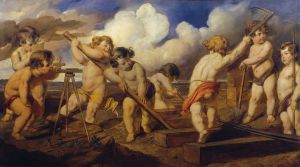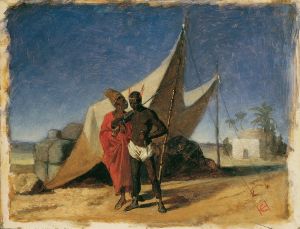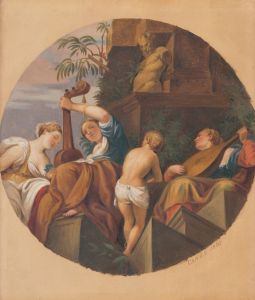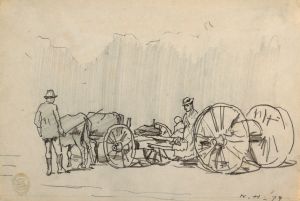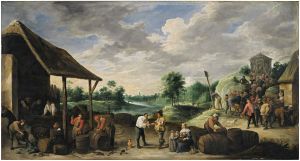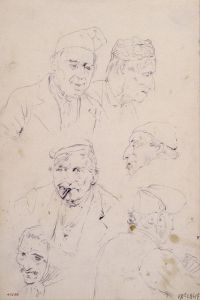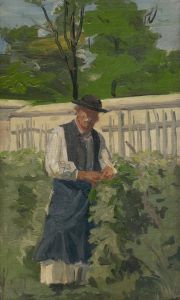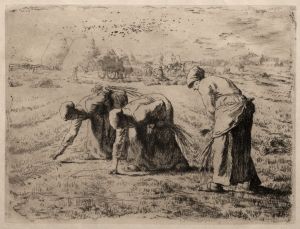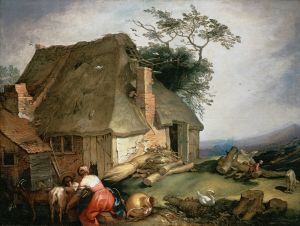
Grape harvest
A hand-painted replica of Hans Canon’s masterpiece Grape harvest, meticulously crafted by professional artists to capture the true essence of the original. Each piece is created with museum-quality canvas and rare mineral pigments, carefully painted by experienced artists with delicate brushstrokes and rich, layered colors to perfectly recreate the texture of the original artwork. Unlike machine-printed reproductions, this hand-painted version brings the painting to life, infused with the artist’s emotions and skill in every stroke. Whether for personal collection or home decoration, it instantly elevates the artistic atmosphere of any space.
Hans Canon, an Austrian painter known for his historical and genre scenes, created the artwork titled "Grape Harvest." Canon, whose real name was Johann Baptist Strašiřipka, was born on March 15, 1829, in Vienna, Austria, and became one of the prominent artists of his time. His works are characterized by their vivid detail and dynamic compositions, often reflecting the cultural and social aspects of 19th-century Europe.
"Grape Harvest" is one of Canon's notable works, capturing the essence of rural life and agricultural practices during the 19th century. The painting depicts a scene of grape harvesting, a significant activity in many European regions, particularly in Austria, where viticulture has a long-standing tradition. The artwork showcases a group of people engaged in the harvest, highlighting the communal effort involved in this labor-intensive process.
Canon's attention to detail is evident in the way he portrays the figures and the surrounding landscape. The individuals in the painting are depicted in various poses, each contributing to the harvest in different ways. Some are seen picking grapes from the vines, while others are carrying baskets filled with the freshly picked fruit. The expressions and attire of the figures suggest a sense of camaraderie and shared purpose, reflecting the social dynamics of rural communities.
The landscape in "Grape Harvest" is rendered with a keen eye for natural beauty, capturing the lushness of the vineyard and the play of light and shadow across the scene. Canon's use of color is particularly noteworthy, with rich greens and purples dominating the composition, evoking the ripeness of the grapes and the vitality of the harvest season.
Hans Canon's work, including "Grape Harvest," is often celebrated for its ability to convey the spirit of the times and the everyday lives of people. His paintings serve as a window into the past, offering insights into the cultural and economic activities that shaped 19th-century European society. "Grape Harvest" is no exception, providing a glimpse into the importance of viticulture and the traditions surrounding it.
Canon's contribution to the art world extends beyond his paintings. He was a member of the Vienna Künstlerhaus, an important association of artists, and his works were exhibited in various prestigious venues. His influence can be seen in the way he captured the essence of his subjects, blending realism with a touch of romanticism.
Today, Hans Canon's paintings, including "Grape Harvest," are appreciated for their historical significance and artistic merit. They continue to be studied and admired by art historians and enthusiasts alike, serving as a testament to Canon's skill and his ability to capture the nuances of human experience through art.







